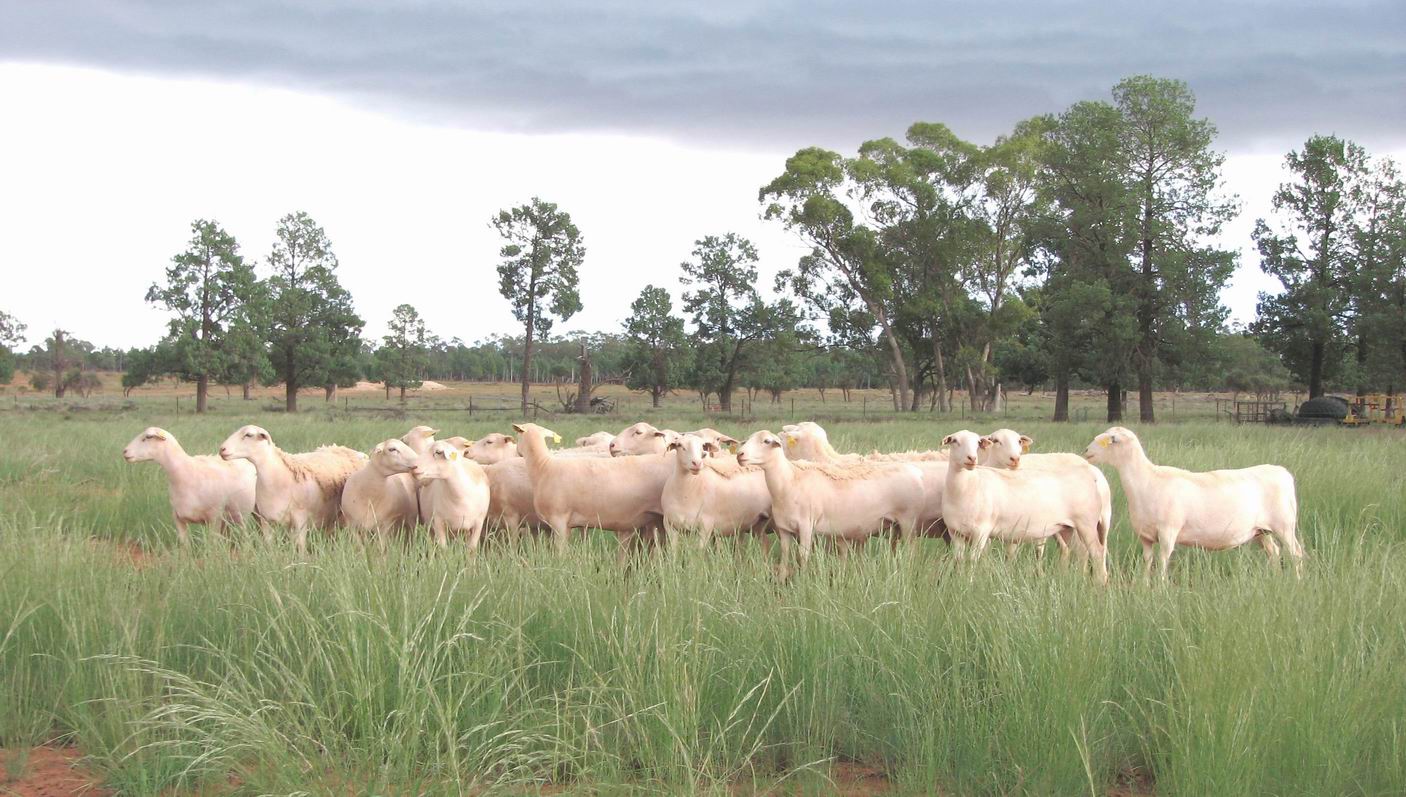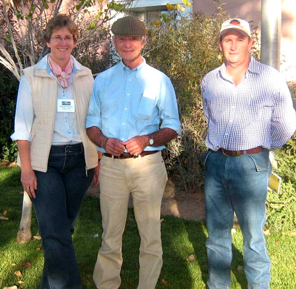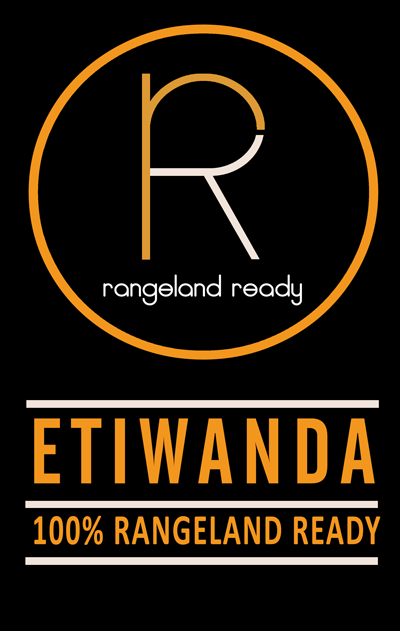

Andrew & Megan Mosely
Runner Up NSW Farmer of the Year 2009
Western CMA Carbon Cocky Of the Year 2008
Orana Regional Business Awards – winner – Environmental Achievement
Andrew – Western Catchment Management Authority Vice Chair
Andrew Finalist NSW – Young Farmer of the Year
Megan- Runner Up Rural Women’s for NSW Award, 2003
 L-R Megan Mosely, Allan Savory (Founder of Holistic Management) and Andrew Mosely
L-R Megan Mosely, Allan Savory (Founder of Holistic Management) and Andrew Mosely
We achieve profit and environmental improvement through making, testing and monitoring our decisions towards our Holistic goal. Profit in our family is not solely defined in dollars and cents but in the wider definition of family togetherness, a sense of achievement and purpose and the building of ecological and intellectual wealth.
Our personal commitment to Etiwanda is to make the necessary changes to create a viable and prosperous environment. This will create the conditions that will enable our land and future generations to thrive. Benchmarking our economic performance over the last 10 years has documented a 2.5 increase in our gross margin/ha/100 mm of rainfall.
Through the implementation and use of a grazing chart we are making significant ecological improvement on our land. The key to this success is allowing the plants enough planned rest to fully recover between controlled grazing events. Planned grazing also provides the best environment for the re-establishment of native perennial grass species which are so important to the health and biodiversity of the land. A critical element in this process is to gain control over domestic and feral animal grazing pressure, which is where fencing becomes so important. On Etiwanda we have fenced our boundary fences with 8/90/30 hingejoint and then subdivided the internal paddocks using Gallagher Westonfence system. This system is fast and easy to put up, with great distances being able to be constructed in a short period of time. The fencing we have used provides exclusion of non-domestic grazing pressure (bush goats and kangaroos) which is making a positive difference to our ability to properly manage our ecology and grazing plan.
Money spent on wire and water is never wasted!

